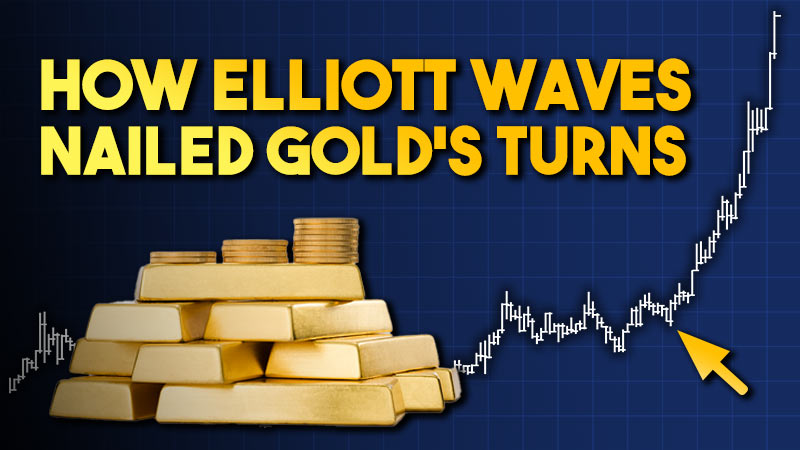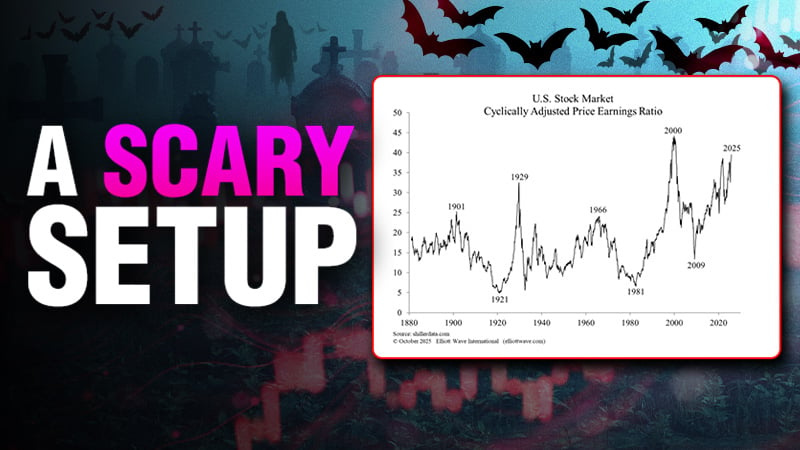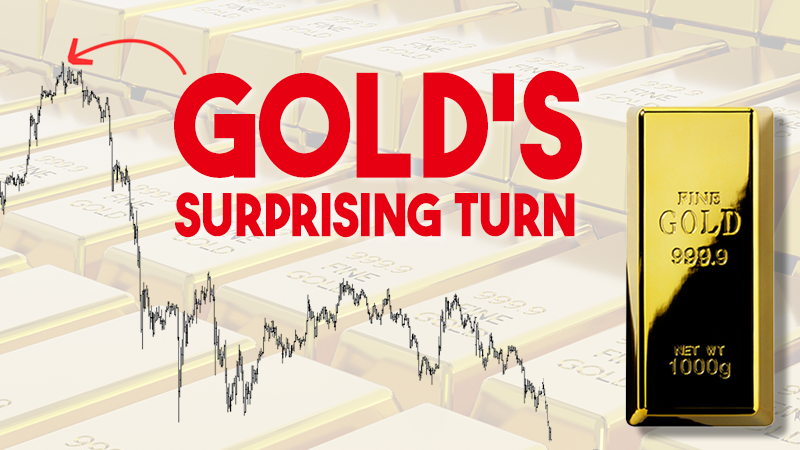Hello, I’m Peter Kendall, co-editor of the Elliott Wave Financial Forecast.
The September issue is out. It begins and ends with messages about the implication of rising rates. As we say at the outset, they are a key part of a heightening financial drama.
This is the lead chart from page two of the latest issue. As the bracket at the top indicates, there’s already been some drama, and I’ve added the arrow to illustrate why it came as no surprise to long-term subscribers. It shows the point in time when the Elliott Wave Financial Forecast identified the new, long-term rise in rates: April 2020. That was within a few weeks of the low in three-month U.S. Treasury bills, which actually fell below zero for a short period of time in March 2020.
Here’s the forecast from the April 2020 issue of EWFF:
In his treatise, The Wave Principle, R.N. Elliott made the following comment about the basic Elliott wave impulse move: “A completed movement consists of five waves. Why this should be five rather than some other number is one of the secrets of the universe. In any event, five waves are basic to a completed social movement and can be accepted without necessity of reasoning out the matter.” The next [graph shows] the form of five complete Intermediate degree waves in the U.S. Treasury bonds. That formation terminates the Primary-degree advance from 2006.
The April 2020 issue added,
Signs of an impending financial trend change almost always seem to crop up initially in the bond market and its associated credit instruments.
Here’s this month’s chart again. Notice that the latest rate increases shown here were well established when the bear market started in the Dow Jones Industrial Average in January 2022, with stocks rallying from the end of last year through July.
Many analysts will tell you the banking system and the economy are out of the woods, but we’ll stick with the history shown by this chart. It shows very clearly that credit crises invariably follow periods of easy credit.
Since credit has never gotten any easier than negative three-month T-bill rates, we continue to believe that the bank failures of March and May are the beginning and not the end of the latest crisis.
Thanks for watching. I hope you’ll tune in to get the full story.
Ask your friends what’s next for the markets.
You’ll hear a lot of “I just don’t know. The news is such a mixed bag!“
True. But the news is always a mixed bag. Which is the main reason why we at EWI forecast the markets based on investor psychology, not the news.
We’d love to show you what we mean by that. Our new, September Financial Forecast is online now.
Read the new Financial Forecast now.





